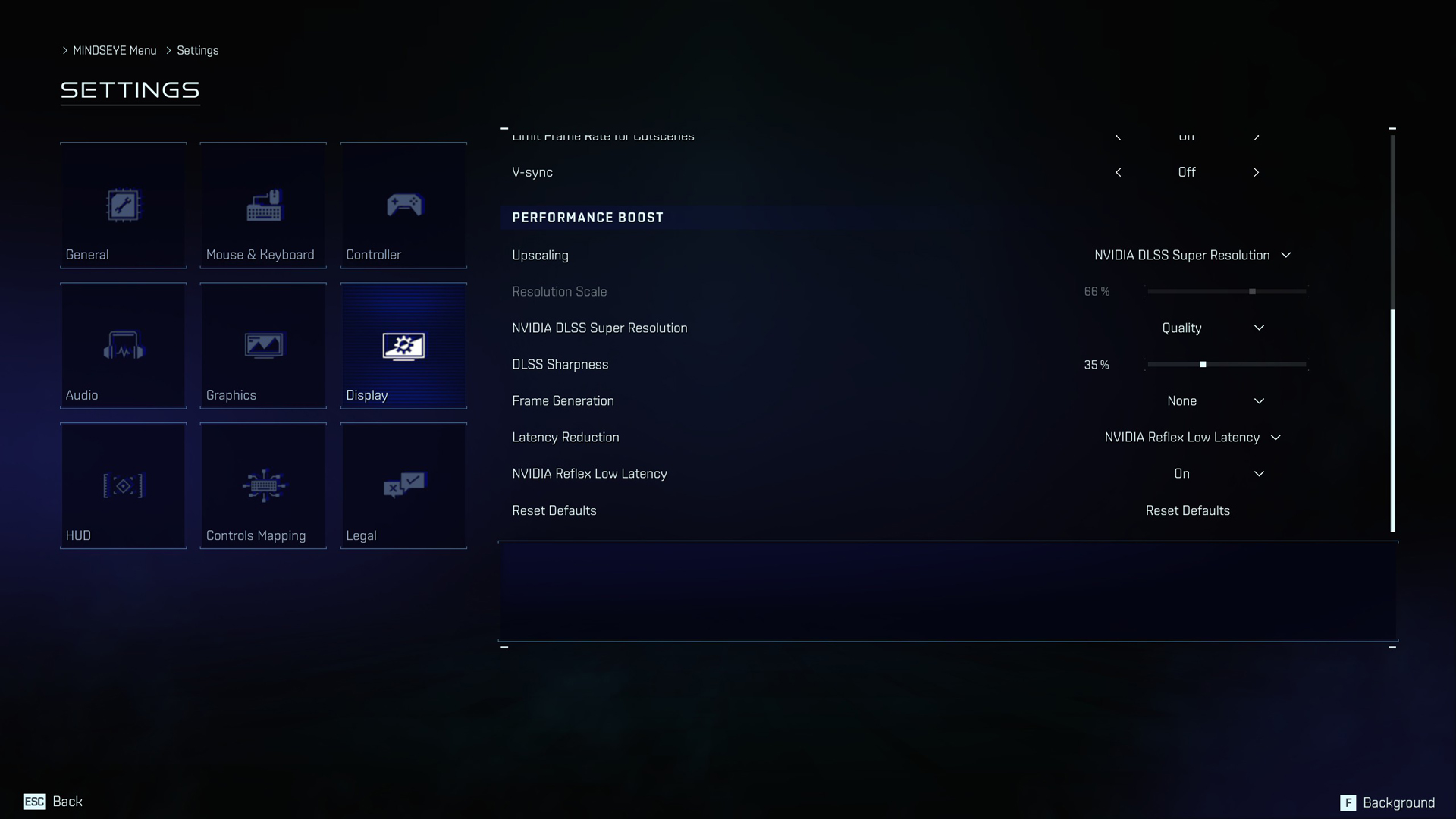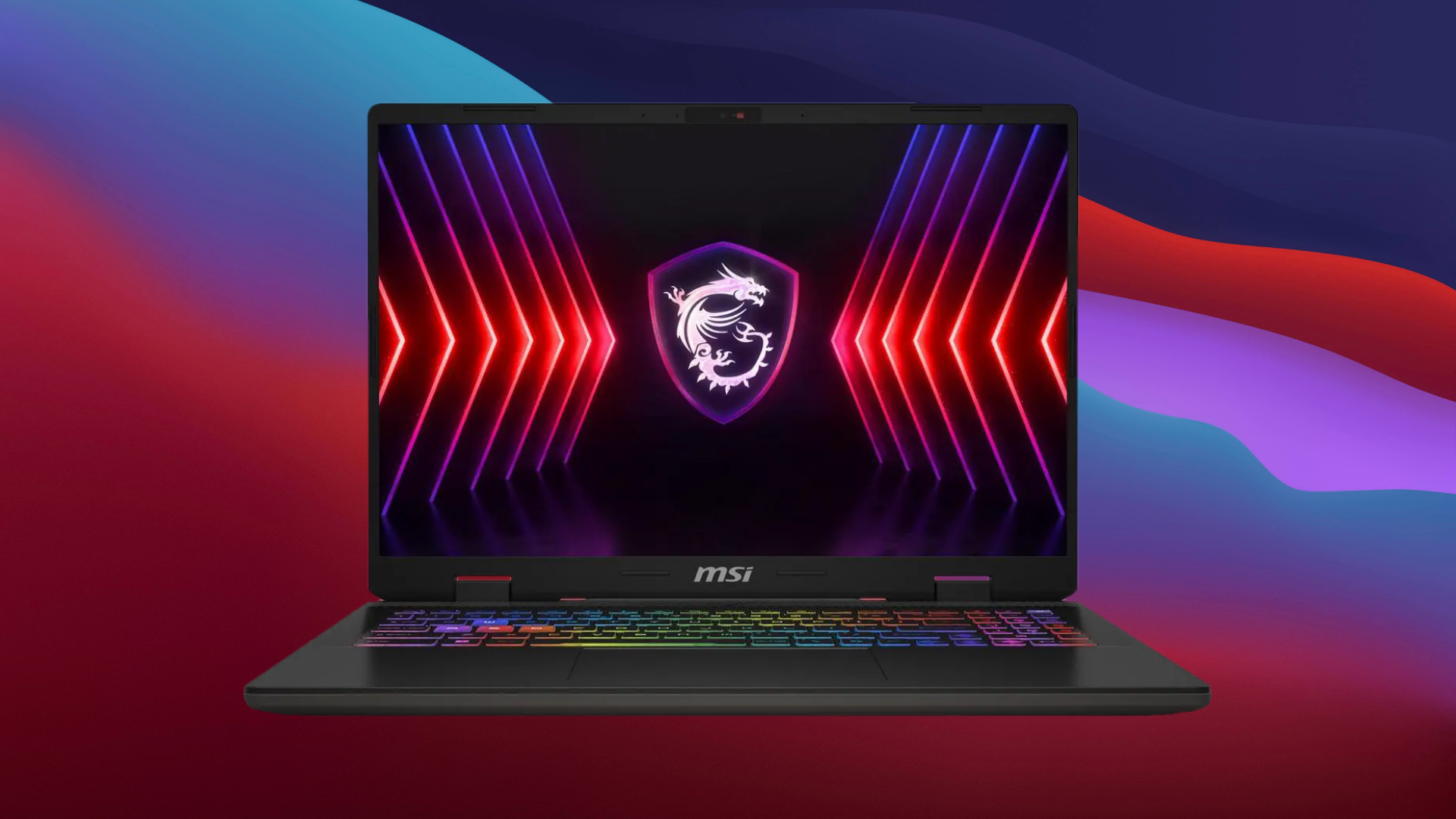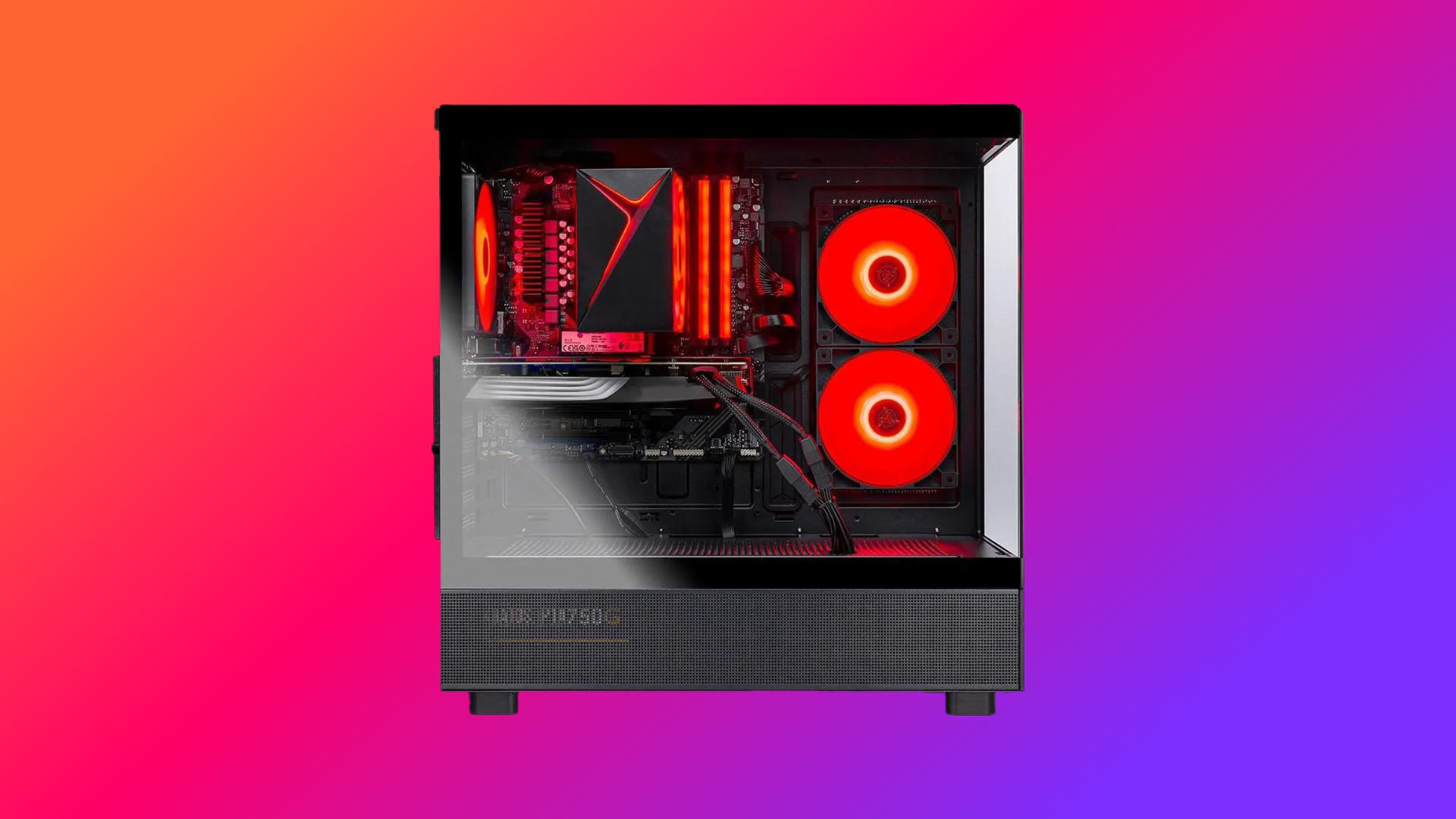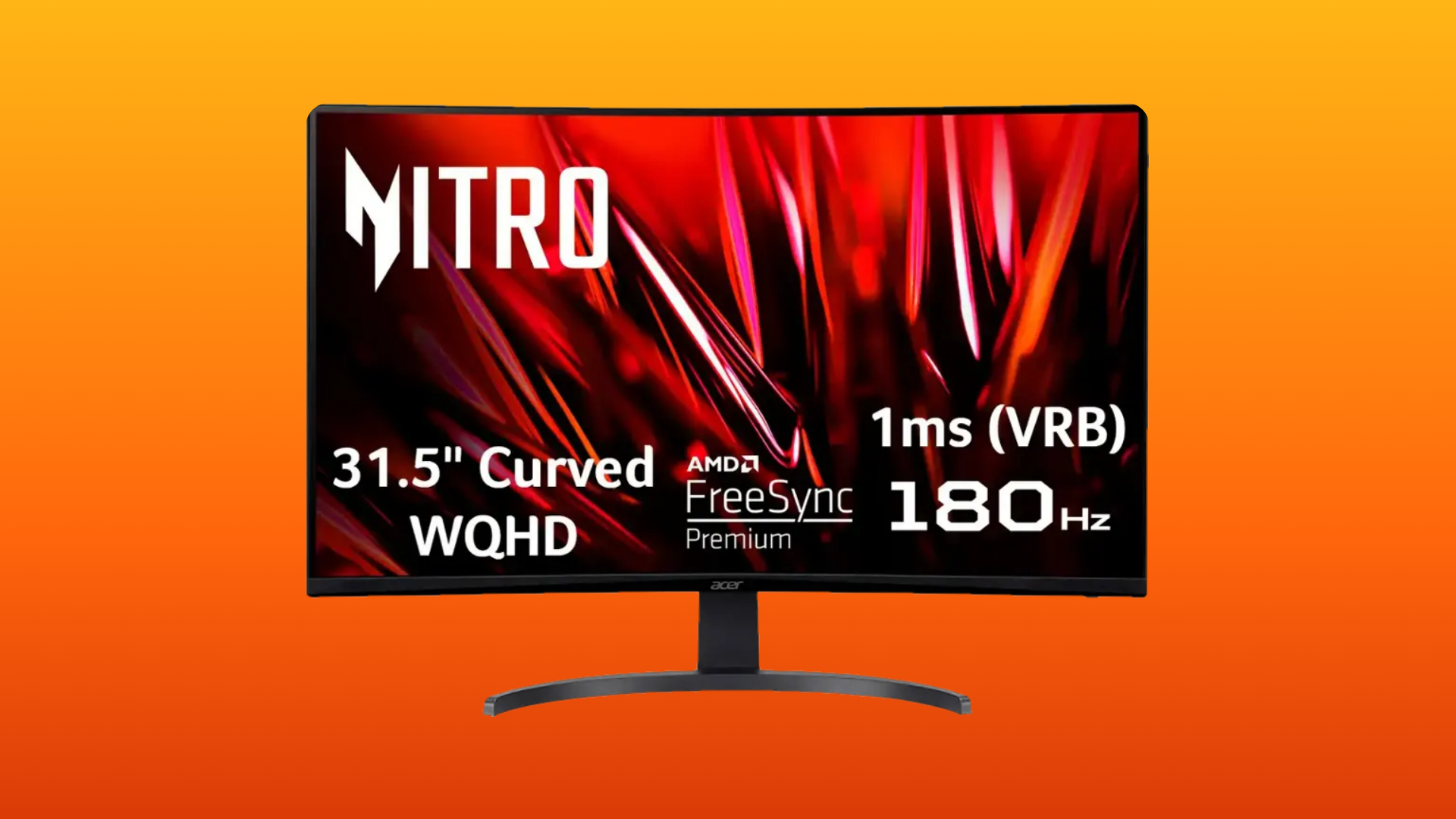Here are the optimal settings to play Mindseye on your RTX 5060 Ti, striking a balance between performance and visuals at 1440p resolution.

Despite having a compelling GPU such as the RTX 5060 Ti, Mindseye, a title that resembles last-gen games, plays poorly. Sadly, this title, despite having a good storyline and being quite fun to drive, is plagued by UE5 issues: traversal stutters, artifacts, ghosting, temporal shimmer, noise in shadows, characters, and much more. Currently, on Steam, the game has a Mostly Negative rating. Gamers with RTX 4090s are writing the same thing: it’s fun to play, the story is good, but the game is unplayable. That said, if you’re having trouble running the game at default settings, follow the ones mentioned here; they should help alleviate the issue.
Note: The game relies heavily on the CPU, but not because of how it generates draw calls. Instead, the optimization requires more polish from the developers. The 5060 Ti is quite a fast card, and any CPU below a 12600KF or Ryzen 5 5600X will severely bottleneck this GPU, even at 1440p, ie.
Best Settings for RTX 5060 Ti in Mindseye (1440p Optimized)

A few keynotes to consider:
- The game has DLSS FG and Upscaling turned on from the very beginning; tune them to your requirements. That said, it initially makes the game appear blurry.
- Even with DLSS 4, noticeable shimmering and ghosting remain throughout.
- If you target higher visual settings with this GPU than those mentioned here, it will cause stuttering and FPS drops, especially while driving.
- If you notice the framerate dropping below 60 in most cases, switch to 1080p and increase the upscaling level to ‘Quality.’
Best Settings Explored
| Category | Setting | Value / Option |
| Display | Display Mode | Fullscreen |
| Resolution | 2560 x 1440 | |
| Brightness | 50% | |
| Gamma | 47% | |
| Limit Frame Rate | Off | |
| Limit Frame Rate for Cutscenes | On | |
| V-sync | Off | |
| Performance Boost | Upscaling | NVIDIA DLSS Super Resolution |
| Resolution Scale | 66% | |
| NVIDIA DLSS Super Resolution | Quality | |
| DLSS Sharpness | 35% | |
| Frame Generation | (Optional – DLSS / 2x and Beyond) | |
| Latency Reduction | NVIDIA Reflex Low Latency | |
| NVIDIA Reflex Low Latency | On | |
| Quality | Detect Best Settings | (Do not click this) |
| Quality Preset | Custom | |
| Shadow Quality | Medium | |
| Global Illumination Quality | Medium | |
| Reflection Quality | High | |
| Post-processing Quality | Medium | |
| Texture Quality | Epic (16GB) Medium (8GB) | |
| Effects Quality | Medium | |
| Foliage Quality | Medium | |
| Shading Quality | Medium | |
| View Distance Quality | Epic | |
| Anti-Aliasing Quality | High | |
| Camera | Motion Blur | Off |
| Camera Motion Blur | Off |
Conclusion
Overall, the 5060 Ti can play this game at 1440p but requires further tweaking. The only thing that holds this game back from performing well is the optimization. MFG and the updates it brings to Frame Generation are beneficial, but games shouldn’t be built around upscaling. Based on how the game looks and plays, the 5060 Ti shouldn’t have had any problems if only the optimization had held up.
We provide the latest news and “How To’s” for Tech content. Meanwhile, you can check out the following articles related to PC GPUs, CPU and GPU comparisons, mobile phones, and more:
- 5 Best Air Coolers for CPUs in 2025
- ASUS TUF Gaming F16 Release Date, Specifications, Price, and More
- iPhone 16e vs iPhone SE (3rd Gen): Which One To Buy in 2025?
- Powerbeats Pro 2 vs AirPods Pro 2: Which One To Get in 2025
- RTX 5070 Ti vs. RTX 4070 Super: Specs, Price and More Compared
- Windows 11: How To Disable Lock Screen Widgets
 Reddit
Reddit
 Email
Email


